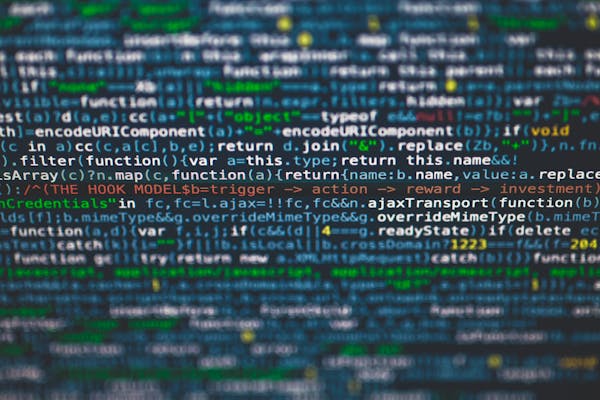
The Data Life Cycle Key Phases in Data Analysis
A detailed overview of the key phases in the data life cycle for effective data analysis and decision-making
09/19/2024
Introduction to the Data Life Cycle
The data life cycle involves a series of stages that data undergoes, from its initial creation to its eventual archival or deletion. Each phase is critical for ensuring that data is correctly managed and utilized for effective analysis and decision-making. This guide explores the key phases of the data life cycle and their importance in data analysis.
Key Phases in the Data Life Cycle
The data life cycle typically includes the following key phases:
- Data Creation
- Data Storage
- Data Usage
- Data Sharing
- Data Archival
- Data Deletion
Data Creation The Foundation of Data
Data creation is the initial phase where data is generated, collected, or captured. This phase can involve various methods, such as manual entry, automated sensors, or data acquisition from external sources. Ensuring data quality at this stage is crucial for the subsequent phases.
Data Storage Secure and Efficient Management
In the data storage phase, data is organized, managed, and secured in appropriate storage solutions. This can include databases, data warehouses, or cloud storage. The choice of storage depends on the volume, variety, and velocity of the data.
Data Usage Analyzing and Interpreting Data
Data usage refers to how data is accessed, analyzed, and interpreted for decision-making purposes. This phase involves data analysis techniques and tools to uncover insights and patterns. Analysts must ensure that data is accurate and relevant during this phase.
Data Sharing Collaborative Utilization
The data sharing phase involves making data available to stakeholders, teams, or the public. Effective sharing strategies promote collaboration and enable informed decision-making. It's essential to consider data privacy and compliance regulations during this phase.
Data Archival Preserving Valuable Information
Data archival indicates the process of moving inactive data to long-term storage for future reference. This phase ensures that valuable information is preserved while optimizing storage space. Archived data must still be accessible for analysis when needed.
Data Deletion Responsible Disposal
Data deletion is the final phase in the data life cycle, where data that is no longer needed is securely deleted to prevent unauthorized access. Organizations must follow best practices for data deletion to ensure compliance with legal and regulatory requirements.
Best Practices for Data Life Cycle Management
- Implement data governance policies to manage data quality and compliance.
- Ensure secure storage solutions to protect sensitive data.
- Utilize data management tools for efficient data workflows.
- Regularly review and update data sharing practices to enhance collaboration.
- Monitor and evaluate the data life cycle to improve processes over time.
Conclusion
Understanding the data life cycle is essential for effective data analysis and management. By recognizing the importance of each phase and adhering to best practices, organizations can enhance their data-driven decision-making capabilities.
On This Page
Related Blogs
Tranding Blogs.

